Affiliate Disclosure: We earn a commission if you purchase through one of our links at no additional cost to you.
Lightroom Organization is Easier Than You Think
No topic gets more attention than how you should organize your photos. Not even discussions about whether Golf is actually a sport or if it’s OK to use selective color with black & white images.
People always want to know a better way to organize their photos.
Lee and I have two very different, yet very simple, answers to that question. Mine is the more traditional answer and hers will resonate with any anarchists who take photos.
Let’s start with my Import process. I’m going to leave Lee’s method until the end.
How Many Folders Do You Need?
This is a very old joke. Tell me if you’ve heard it before.
There are people who create a separate folder hierarchy for every year, month and date they took a photo. Never mind that digital cameras will embed the date & time information in the file when you click the shutter. Some folks insist upon date based folder structures for their photos.
Never mind that the data doesn’t tell them anything about the content of the photos. They have to remember what they did, even years ago, on a specific date.
Just the idea of that exhausts me.
I can’t recall what I did this weekend, much less where I was on August 15, 2009. What’s more, I don’t care. That was nine years ago. I shouldn’t have to remember if I had a portrait shoot or took vacation photos on that day.
Why is this a joke? Because the joke is on anyone who goes to all this trouble. Lightroom doesn’t care about your folders.
Still others use folders based upon a topic.
- Portraits
- Travel
- Events
- Family
You can substitute whatever label you want for those folders. They all have the same problem. A folder title only tells you one thing, and you may need to search for your photos with different criteria.
Where Do You Import Your Photos in Lightroom?
I’ll be honest, I have some folders by subject. I wish I didn’t, but it’s based upon the way I moved my databases from Aperture over to Lightroom when Apple killed Aperture.
These days, my recommendation is really very simple.
Pick one folder on whatever drive you want. It could be internal, external or on a server. Whatever makes you happy and has enough room for your photos, that’s your place.
Put all your photos in that folder. Just one big messy pile of photos. That’s because the Finder or Windows Explorer is the WRONG way to organize your photos.
Trust Lightroom to organize your photos.
That thought scares the crap out of some people, but it’s really the best way to handle Lightroom organization. Adobe designed the product to do many things, and the first thing it does is provide you with a LOT of tools to organize your photos.
You absolutely do not need to have layers of folders to use Lightroom. If anything, that kind of structure will work to slow down Lightroom. Marginally, but traversing file trees takes time. Why waste time?
Metadata is Your Friend for Lightroom Organization
When you import a photo, it includes metadata. That means it has information that describes something about your photo. Your camera doesn’t know how to interpret your subject or the mood of the photo, but it knows other things.
That metadata includes information about the camera, lens, exposure settings, time & date, focal length or if your flash fired. If you have a GPS system, it even knows where you took the photo.
You can add to that metadata. Some of those fields are things you can put in your camera to automatically update each photo. For example, my camera adds my Name, Copyright statement, and I changed the filenames used by the camera.
There are other pieces of information you can add to your photos when you import them into Lightroom. My advice is to take advantage of the Keywords you can use.
I can add keywords to describe my location, the name of my model, the color of her hair, the mood of the photo, the client for the photos, my US Copyright Office Registration Number.
Lightroom lets you use Stars, Flags and Color Labels. Don’t ignore those elements. You don’t have to use them just for rating your photo. I use Color Labels to identify the stage of a photo in my workflow, and I’ve been using it since I used Aperture.
Lightroom Collections Suck as Much as Folders
Many people advise you to use Collections in Lightroom to organize your photos. I don’t. In my opinion, Collections are as limited as folders on your file system. It’s a system that allows only one description of the photos inside, grows to create as much clutter as a Folder strategy, and requires you to manually associate your photos with the Collection.
That ain’t right.
Fortunately, we have access to Smart Collections. What’s the difference? The Smart Collections populate photos based upon metadata.
That’s right! Smart Collections automatically associate your photos based upon information that you provide, or gets provided for you automatically.
Want a Smart Collection for photos taken with your Nikon D850 and another for your Sony A7 rIII? Not a problem. Set them up once, and they will populate based upon metadata automatically generated.
Of course, you don’t need to keep these Smart Collections around to let them grow like weeds. You can generate them when you need them and get rid of them when you’re done.
Want a Smart Collection of your photos of Las Vegas or your favorite model? Now you can start tagging your photos with Keywords to populate these Smart Collections.
Maybe you want to see all of your photos with a strong Red color theme. Same deal. Add a Keyword to your photos with “Red” in it and use that to generate your Smart Collection.
You never have to use Collections again (except in Nevada and for some specific Lightroom features).
How Many Lightroom Catalogs Do You Need?
One.
Feel free to skip to the next section, but I’ll explain if you want more detail.
A Lightroom Catalog is a database that keeps track of the location of your photos and contains information about those photos. Your metadata, like Keywords, goes in the Catalog. Your Lightroom Develop settings also go in the Catalog.
You can have photos on different drives, but Lightroom presents them to you as if they were all part of one big happy family.
I mentioned that I prefer having one folder for photos, and that’s true. However, there may be times when you want to use different drives for your photos.
Let’s take an example of project work. It could be a fashion shoot, a wedding or engagement session, or anything where you need to keep photos for a client and you may not need to use them for yourself.
Some photographers will buy an external drive as part of the project. They put all of the client photos there, and then lock that drive away until or unless the client makes a request.
Should you create a different Catalog for each of these projects? Some people think so.
I don’t.
That’s partly because you probably want access to your presets, custom brushes, and print templates that exist in your main Catalog. Do you want to recreate that for each project?
I didn’t think so.
Nor should you, because there is no upside to having separate catalogs. Lightroom shows you when a drive is offline, but you still have access to the Smart Previews of the photos for that drive, even when it’s disconnected from your computer.
If you put a different Catalog on an external drive for each project, then you need to have that drive to do anything with it. That’s also exhausting.
Do You Trust Lightroom?
That’s the big question. Lightroom isn’t perfect, but it’s the tool many people choose to organize their photos. If you chose it for that purpose, then trust it to do the job.
Once you accept Lightroom as your photo organizer, then you get to use the cool features and benefits that come with it. We haven’t even discussed syncing with other devices using Lightroom CC. The potential to have your photos at your fingertips is awesome – and I’m not a guy who likes to use the word “awesome.”
Of course, there is an alternative to trusting Lightroom organization for your photos.
Lee’s Lightroom Workflow
As you heard on the podcast, Lee does things her own way. To be honest, it makes me cringe. I could not use her method at all, yet I definitely respect why she does things her own way.
First, keep in mind that Lee is an artsy, hippy chick who doesn’t bow to the man.
Second, Lee started off doing things the way that most Lightroom experts teach and ultimately discovered that it was an incredible waste of her time. That’s because she doesn’t need Lightroom to do the same things that most other people want it to do.
Lee’s photos are useful for a moment in time, and then they’re forgotten. She does a lot of social media work. She does a lot of product and food photography. She uses Lightroom every single day.
However, she doesn’t look back.
A photo from Lee is, in her world, only useful for one need and then she’s done.
So as far as using Lightroom to organize her photos, she just doesn’t have a need. She imports photos very selectively, choosing only the photos she intends to process.
Once in Lightroom, she adds keywords to them and runs the photo through the Develop module. Then she exports a file to her hard drive. She never goes back into Lightroom to search for or find those photos again.
The exported photos contain the Keywords she embedded, which means she can find them on her Windows computer in a folder. She adds specific criteria to the file name, but that’s the extent of her organization technique.
To be perfectly honest, I don’t even know why she keeps the exported files for very long. She usually adds graphics to those in Canva or some other tool, and that’s the finished result for her needs.
So if you’re a “live in the moment” kind of person, like Lee then this may work for you. I could never do it, though. I suspect this isn’t something that most people will use.
Jared Polin’s Video That Inspired This Episode
Jared Polin from Fro Knows Photo put out an interesting YouTube video about how he should organize his Lightroom. To be honest, the solution he adopted isn’t quite the same as one I would do. However, this episode wasn’t meant to bust on him. I admire Jared for his photography and he does an excellent job of presenting information. He also requested comments on his video, so please check it out and share your thoughts with him.
Related Posts
Subscribe to The Photo Flunky Show
Thank you for listening to The Photo Flunky Show. Make sure you get every episode by subscribing.
iTunes – https://williambeem.com/itunes
Stitcher – https://williambeem.com/stitcher
Google Play – https://williambeem.com/googleplay
Blubrry – https://williambeem.com/blubrry
Want to learn more about Photography software? Click below to check out articles about Adobe, ON1, Skylum, and more.
Photography Software Articles

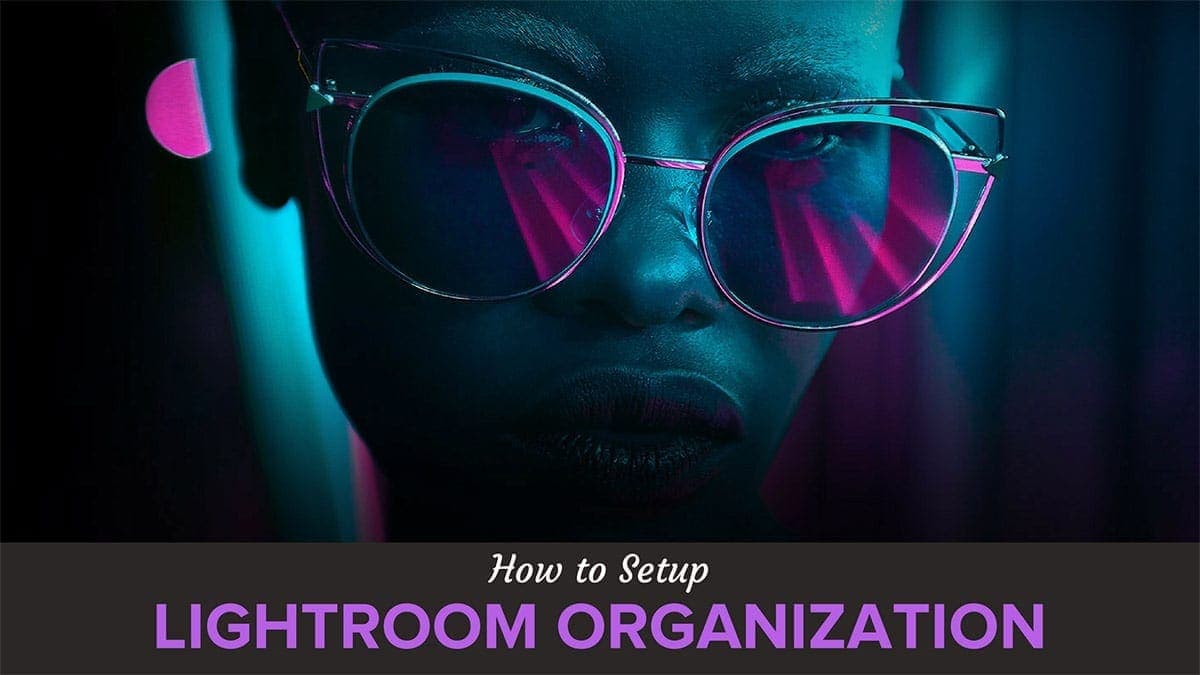
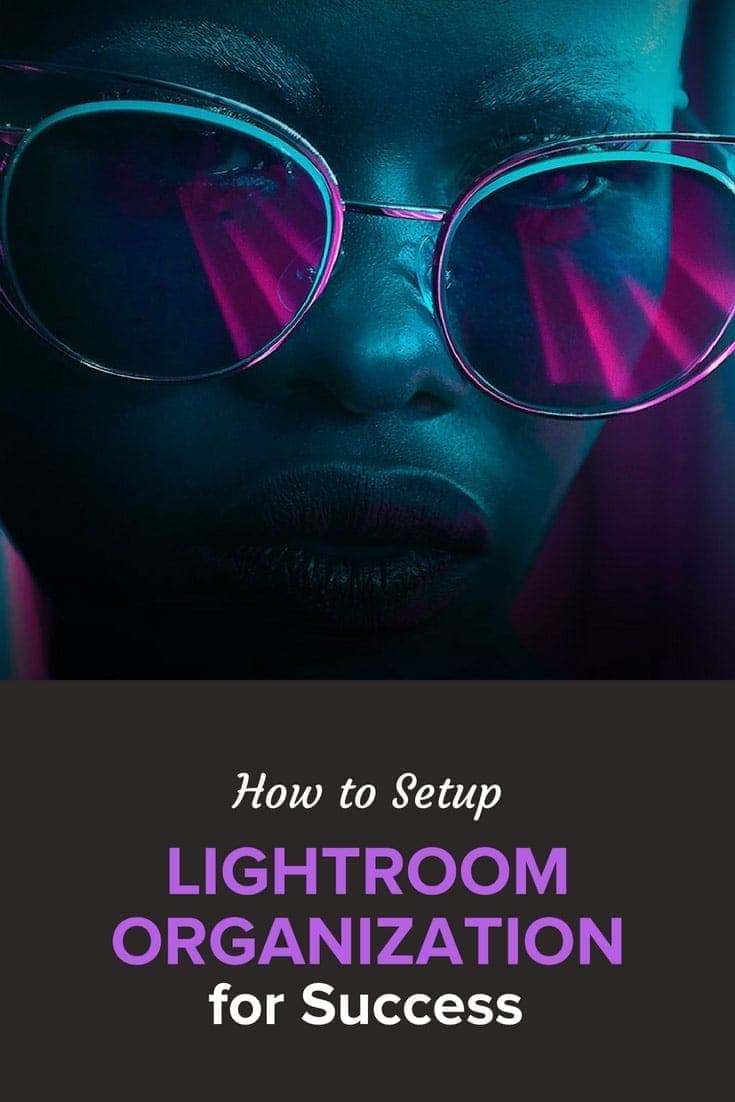
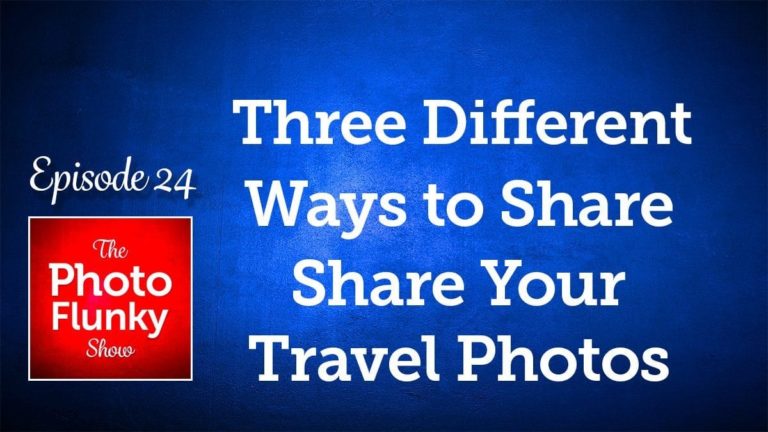
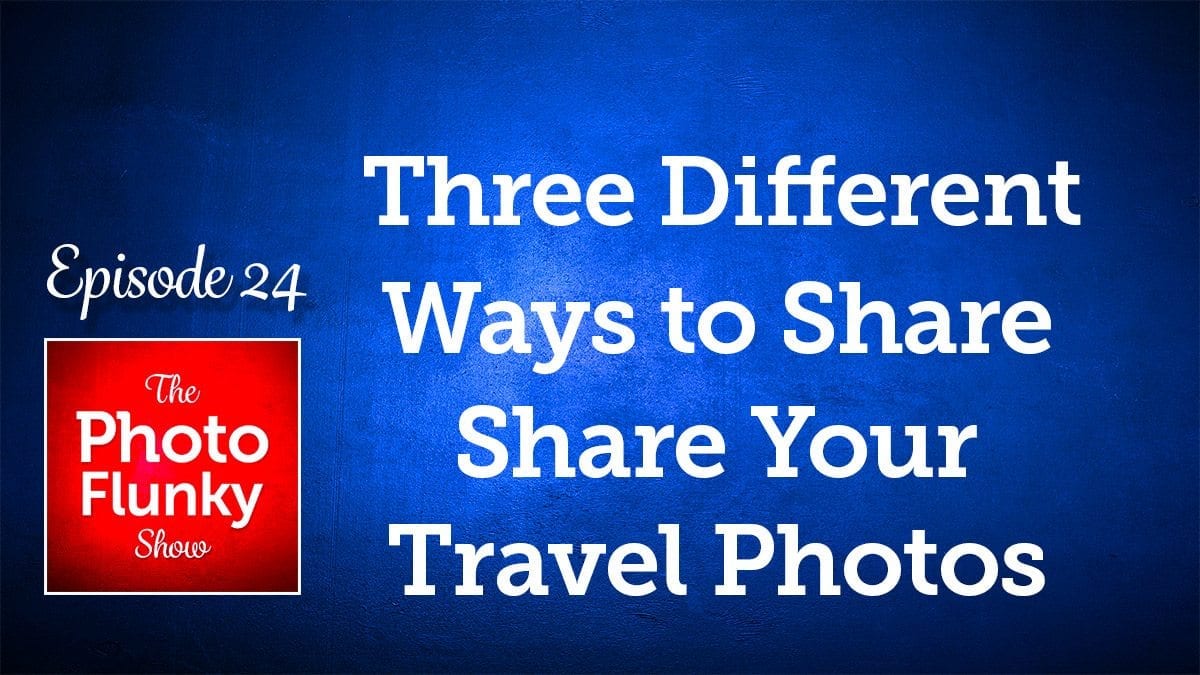
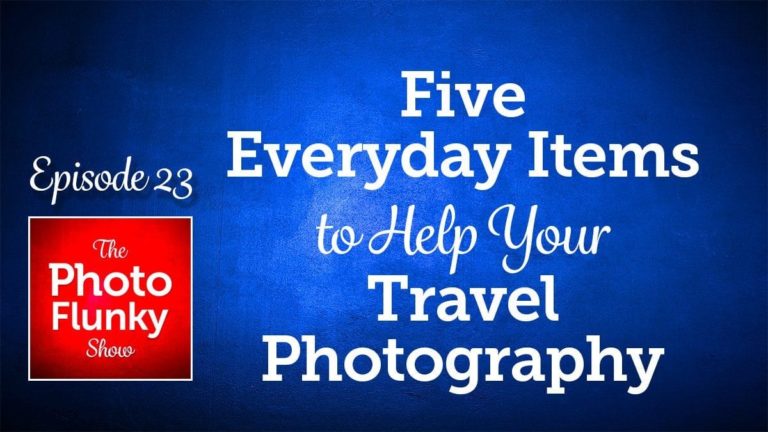
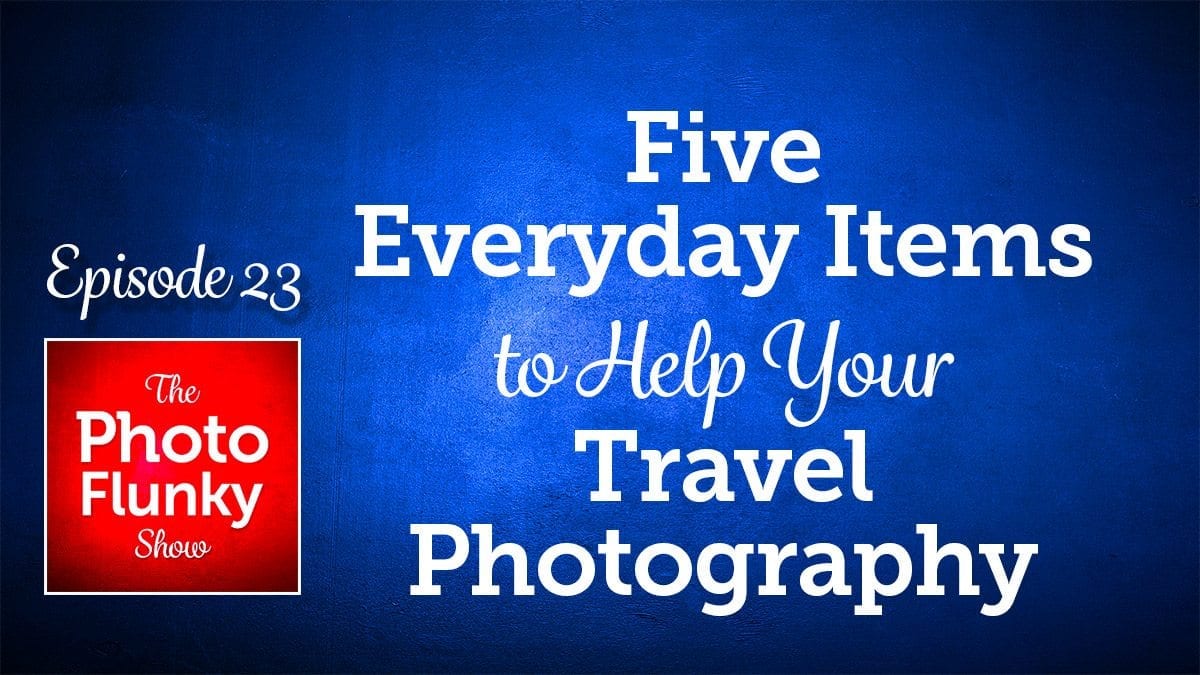
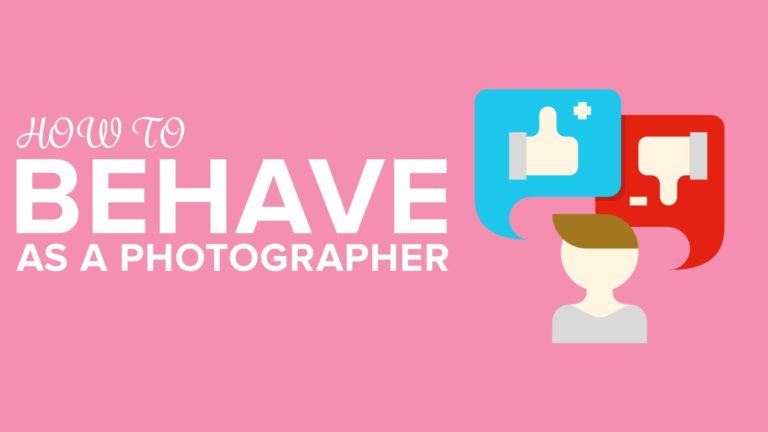
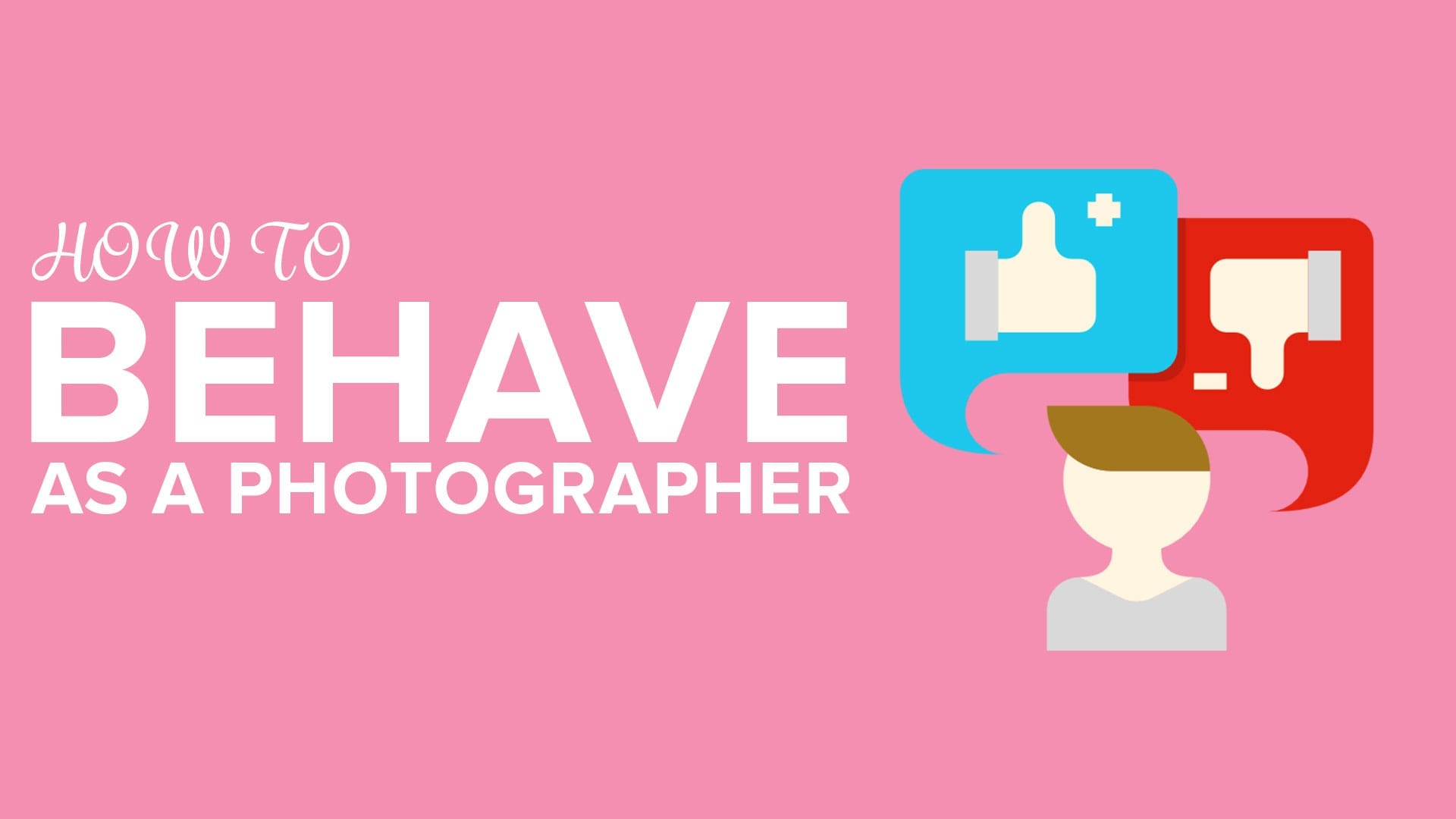
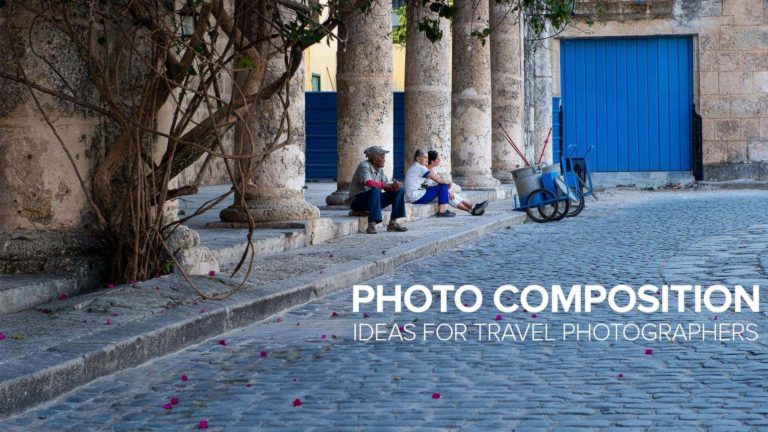
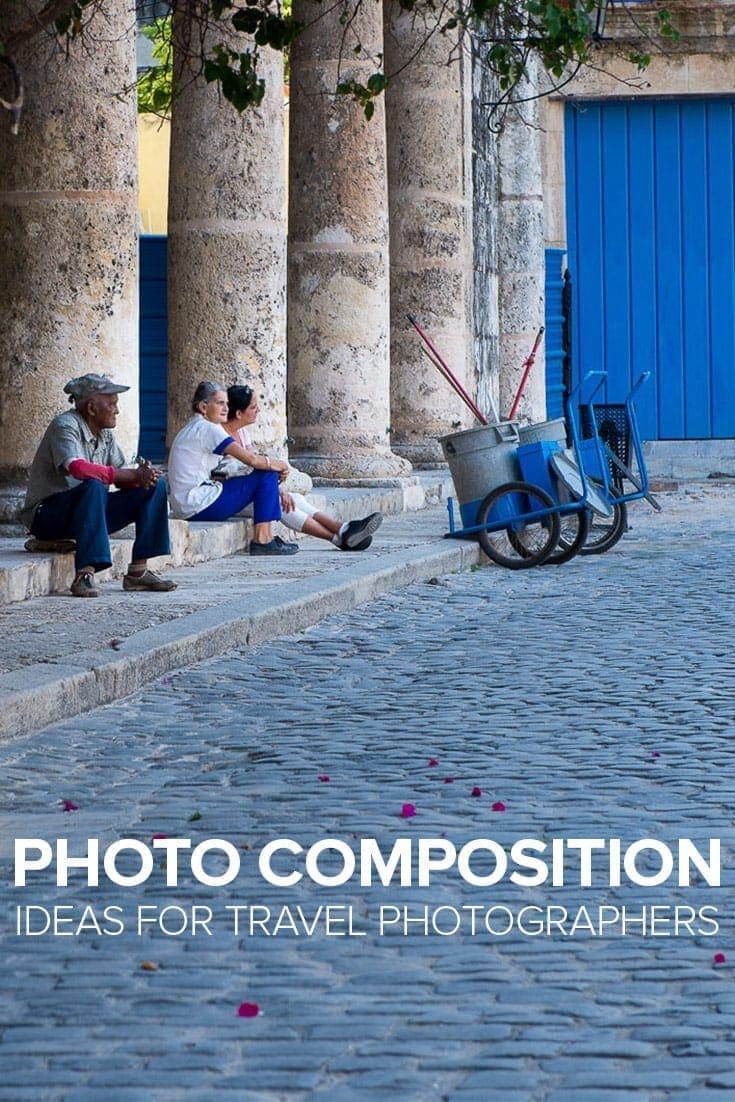
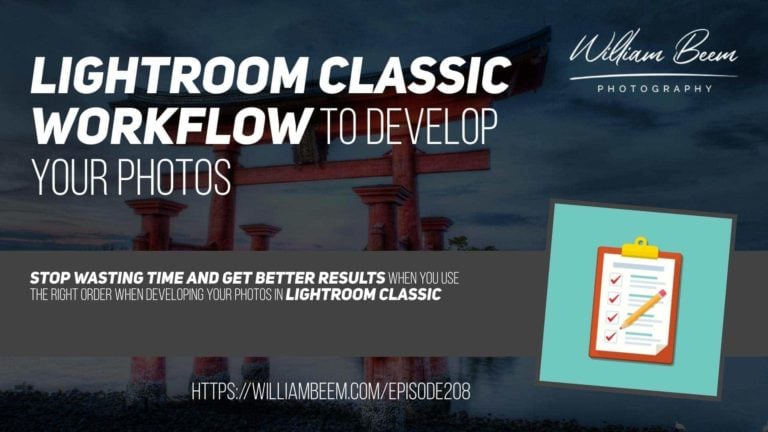
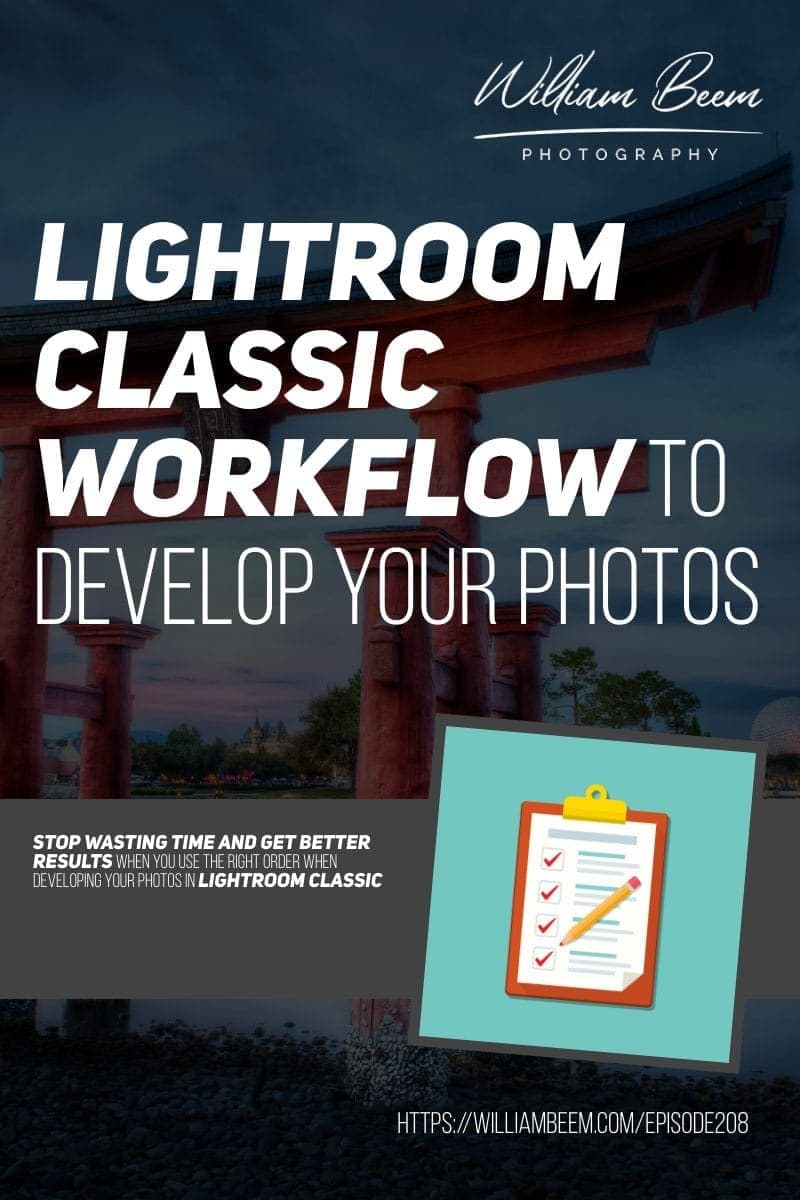
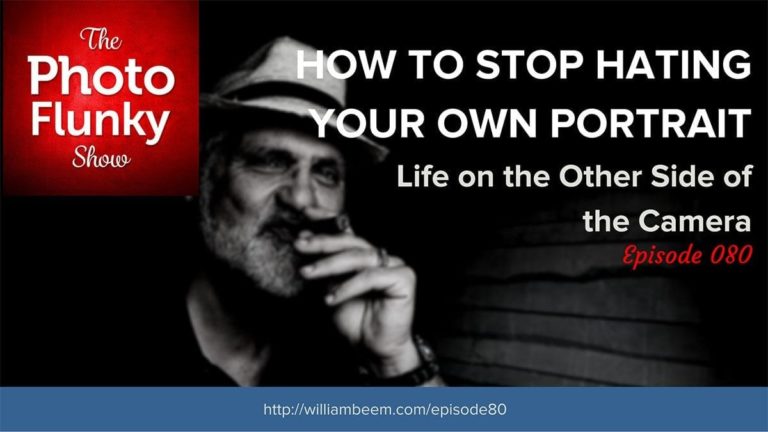
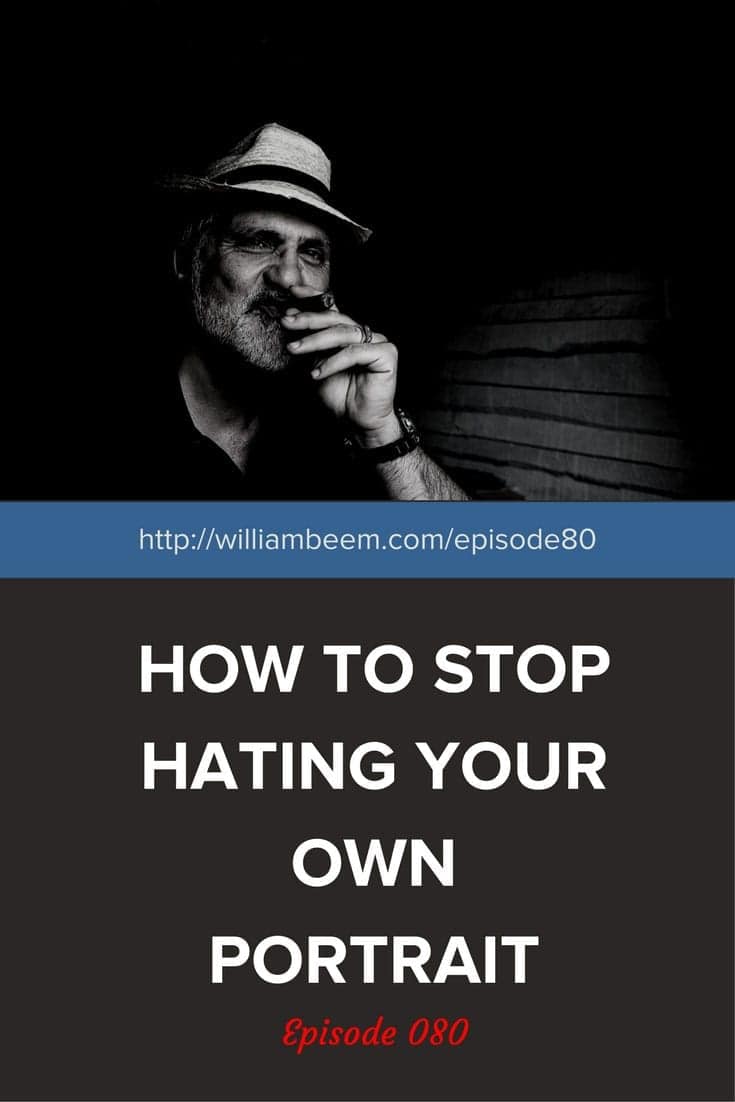
I want to be a good designer in Lightroom.So i read your post to learn more knowledge about this and i also get.Please share more informative post .
Exactly what I needed help with – thanks.